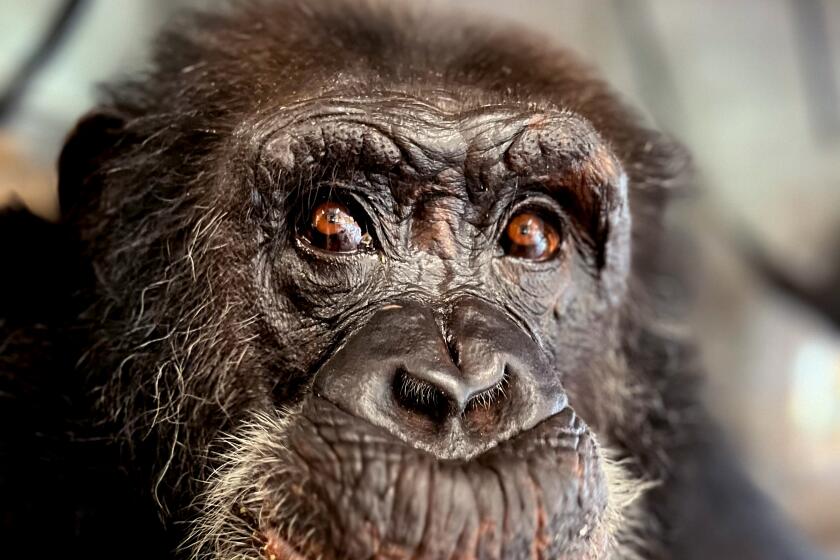DANCE REVIEW : ‘United States’ Birth at UCLA’s Royce Hall
David Gordon appeared in Los Angeles 13 years ago with a performance collective called Grand Union that got at major perceptual issues through a dazzling array of disciplines and perspectives.
His subsequent career in dance (including the 1987 “Made in the U.S.A.” telecast with Mikhail Baryshnikov on PBS) has continued to use the information overload of our society as a blueprint for pieces that reveal their meanings through dynamic juxtapositions of different movement forms, accompaniments and contexts.
In his fascinating, new (indeed, still evolving) “‘United States”--at Royce Hall, UCLA, on Friday--Gordon brilliantly balances his layerings of text, music, image and motion to suggest the ways that history, environment and personal experience define an American region’s perception of itself.
Danced by Gordon’s fine 12-member Pick Up Co., each section of the full-evening work starts with a spoken artistic credo that focuses its choices. Robert Frost’s statement about the importance of meter or rhythm in poetry (“keeping the swing up”) embodies the traditional sense of values examined in “Mozart, Memories and the First Frost,” a k a “Minnesota.” The idea of art as a witness to suffering shapes “Pounding the Beat and Slaughter,” a k a “New York.” Finally, art as a process of constant revision unifies “Words, Music, Wildlife and Weather,” a k a “The West” (though Iowa is included).
For ideal rhythm, Gordon turns to Mozart’s Piano Concerto No. 17 in G, a score that helps give his “Minnesota” dances distinctively classical emphasis on symmetry and steadiness. The costumes refer to a genteel past and the text too is often nostalgic: intense events transmuted by time. Sometimes the movement specifically reflects the words (centrifugal patterns during talk about the wheel-of-life, for instance), but more often Gordon’s choreography reinforces verbal themes through a parallel concentration on matters of form and proportion.
If the source idiom for “Minnesota” is ballet, “New York” develops from show dancing and the “Western” section from folk dance. Gordon sees New York as torn between blue-collar fascism and designer anarchy, with Richard Rodgers’ “Slaughter on Tenth Avenue” again expressing both the nervous energy and glamour of the place. Random violence dominates this neodramatic section, with Gordon and his wife, Valda Setterfield, representing the classic, victimized soul of the city.
The concept of revision guides the “Western” section partly through structural gambits: Gordon and Setterfield dancing one duet twice, for example--the second time with umbrellas--or Gordon seizing the opportunity to re-choreograph that recurrent obsession of his career, a dance incorporating a metal folding chair. But the landscape’s own propensity for revision looms large in texts about disastrous dust storms and floods, as well as documentary accounts of changes wrought by industrialization.
Not all of the work is equally successful and the “New York” section is especially problematic when it swerves into literal, dead-end dance-drama (Setterfield in widow’s weeds) or timidly treads on the very familiar turf conquered by George Balanchine, Jerome Robbins, Talley Beatty and others.
Fortunately, with this “United States,” there’s no pressure to love it or leave it. Gordon is on to something fundamental about evolving consciousness and there’s every hope that as his research continues, his own consciousness will deepen and his work evolve beyond formula insights into something so proudly we hail.
More to Read
The biggest entertainment stories
Get our big stories about Hollywood, film, television, music, arts, culture and more right in your inbox as soon as they publish.
You may occasionally receive promotional content from the Los Angeles Times.










